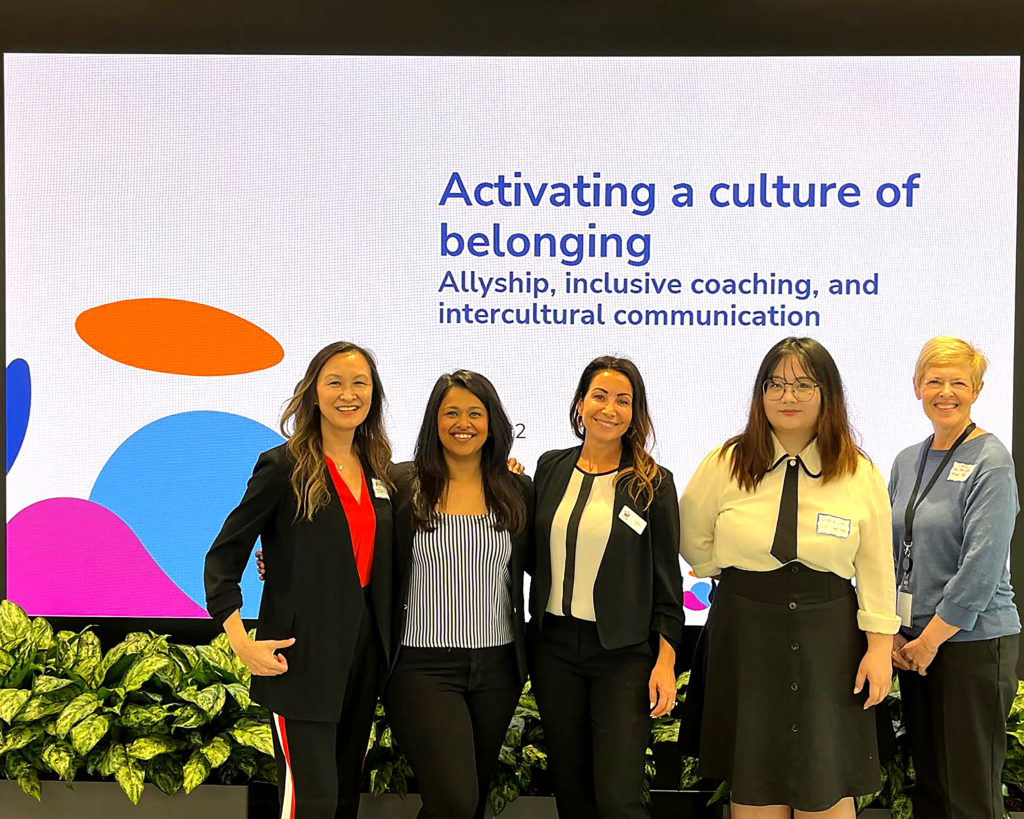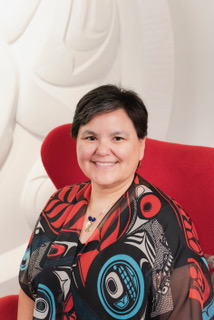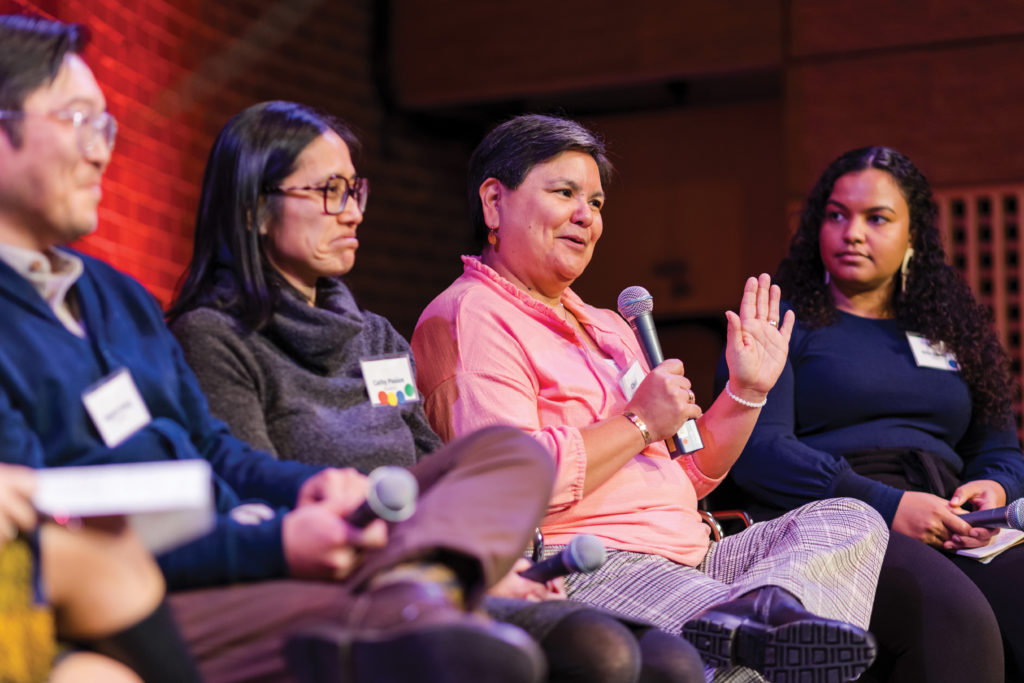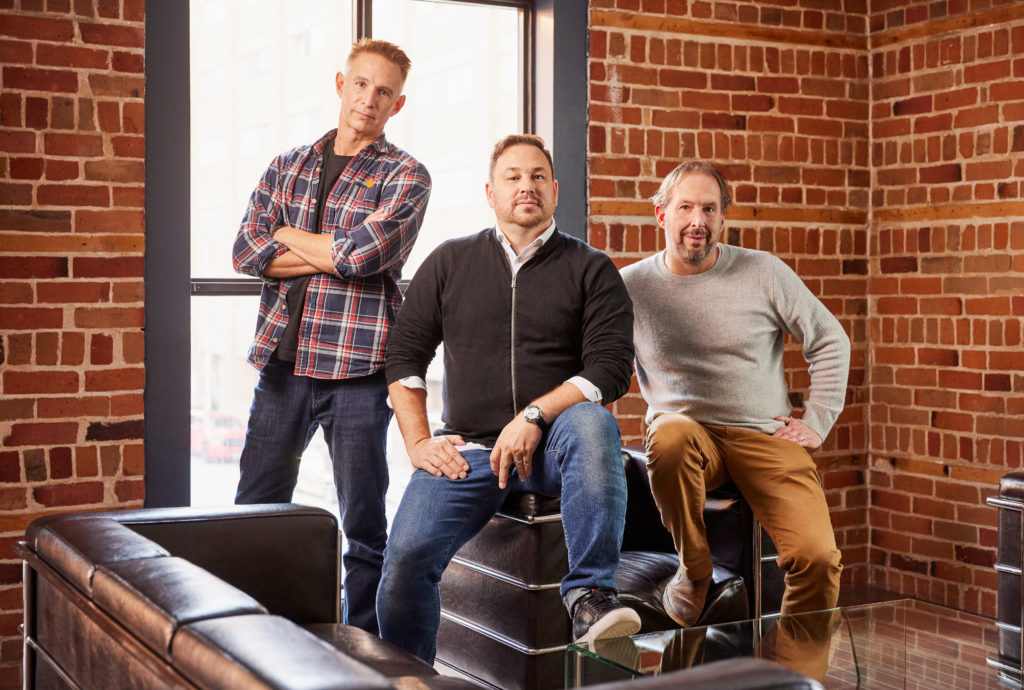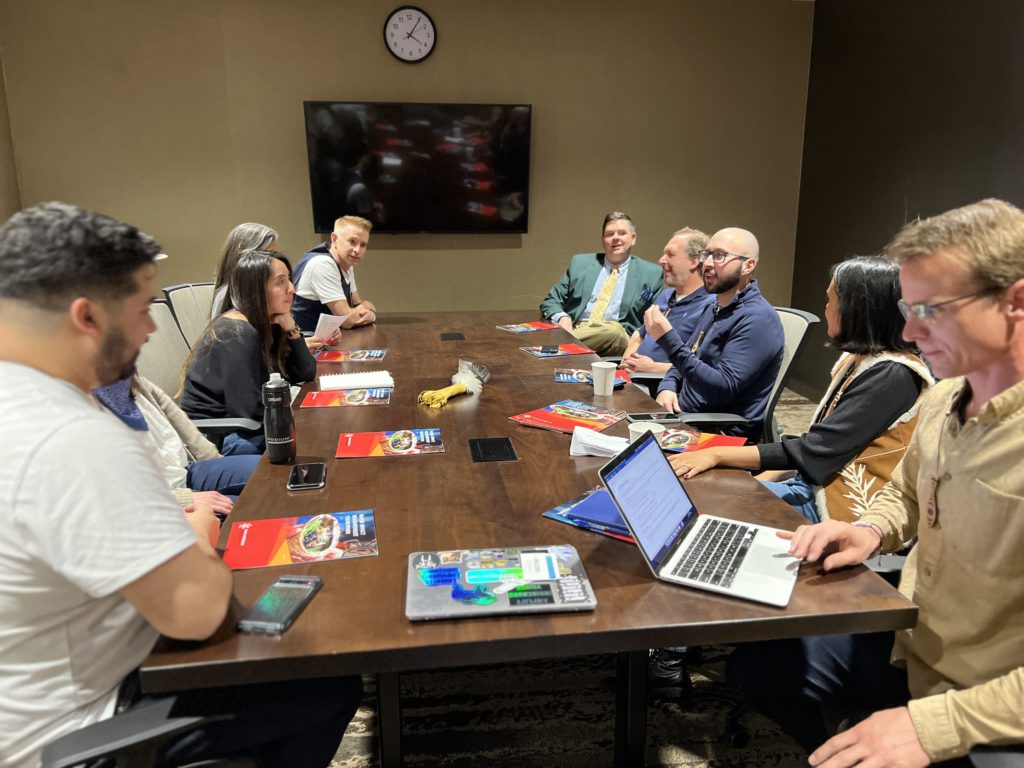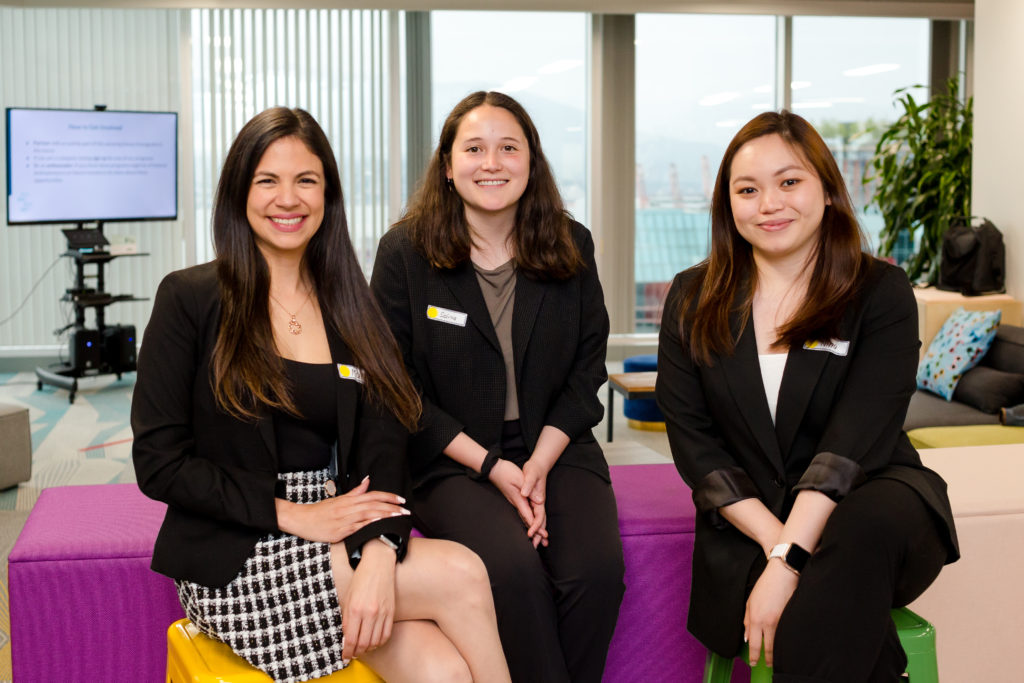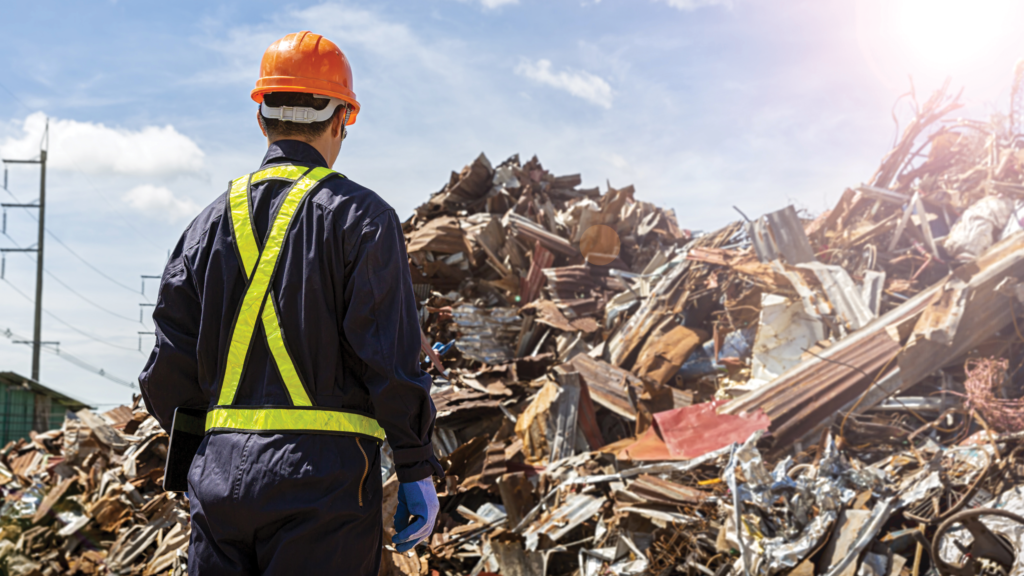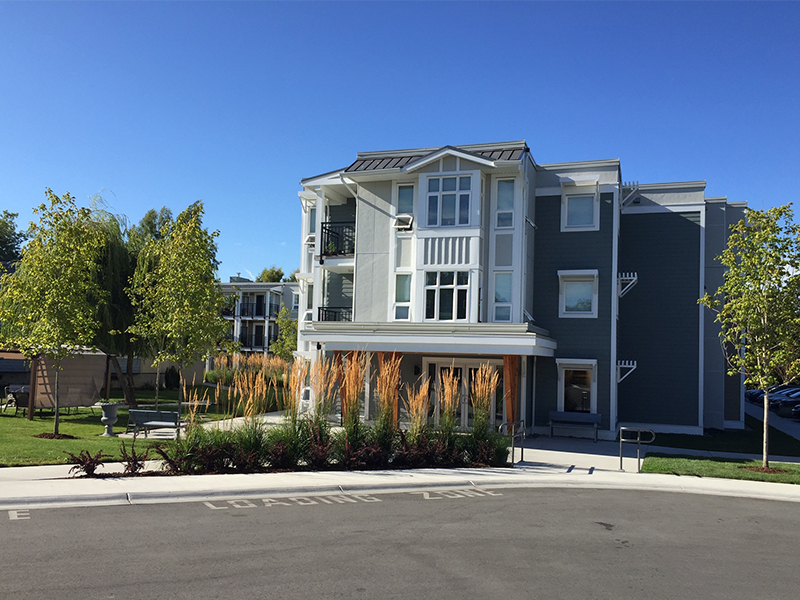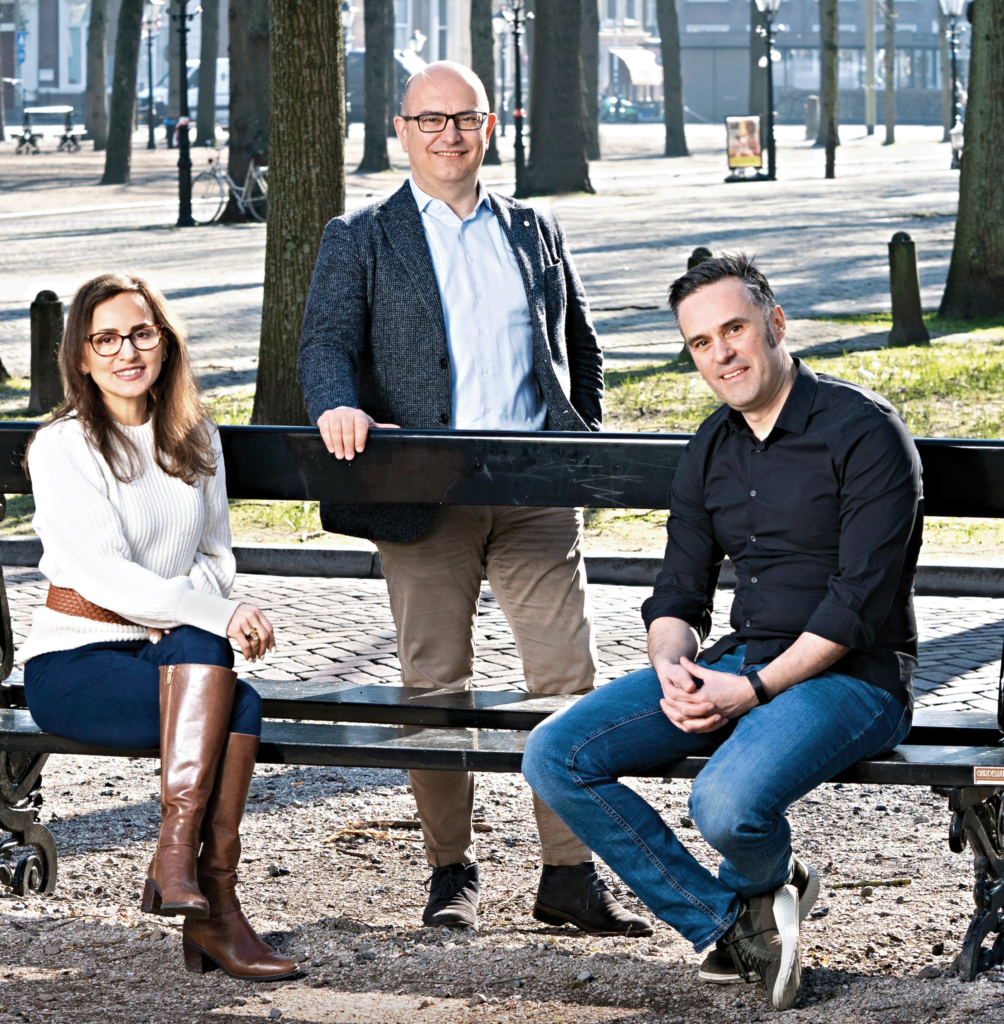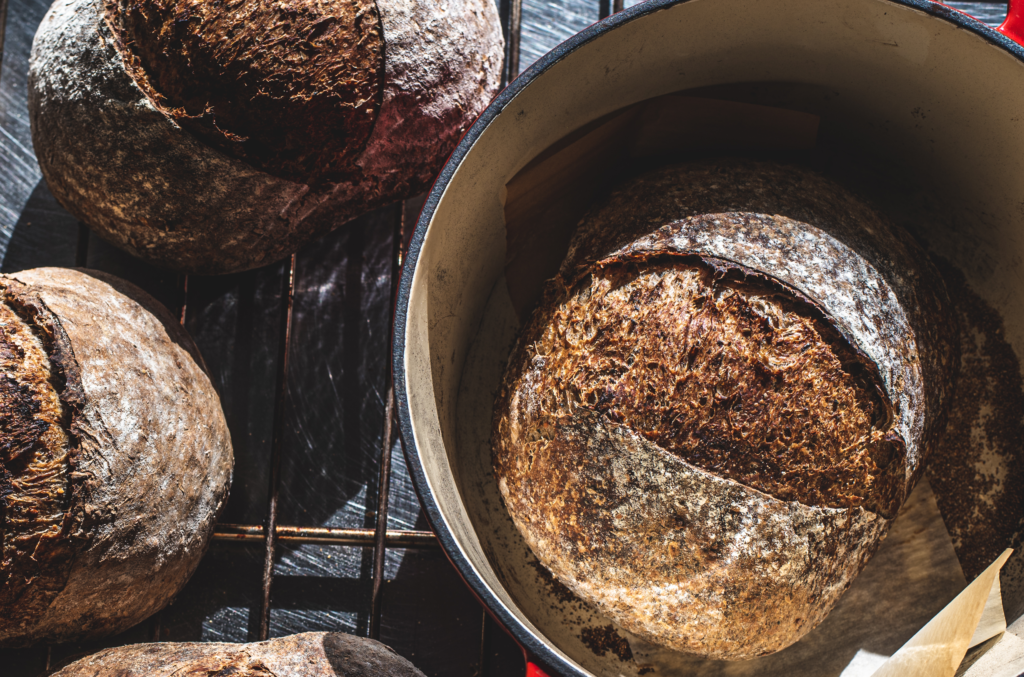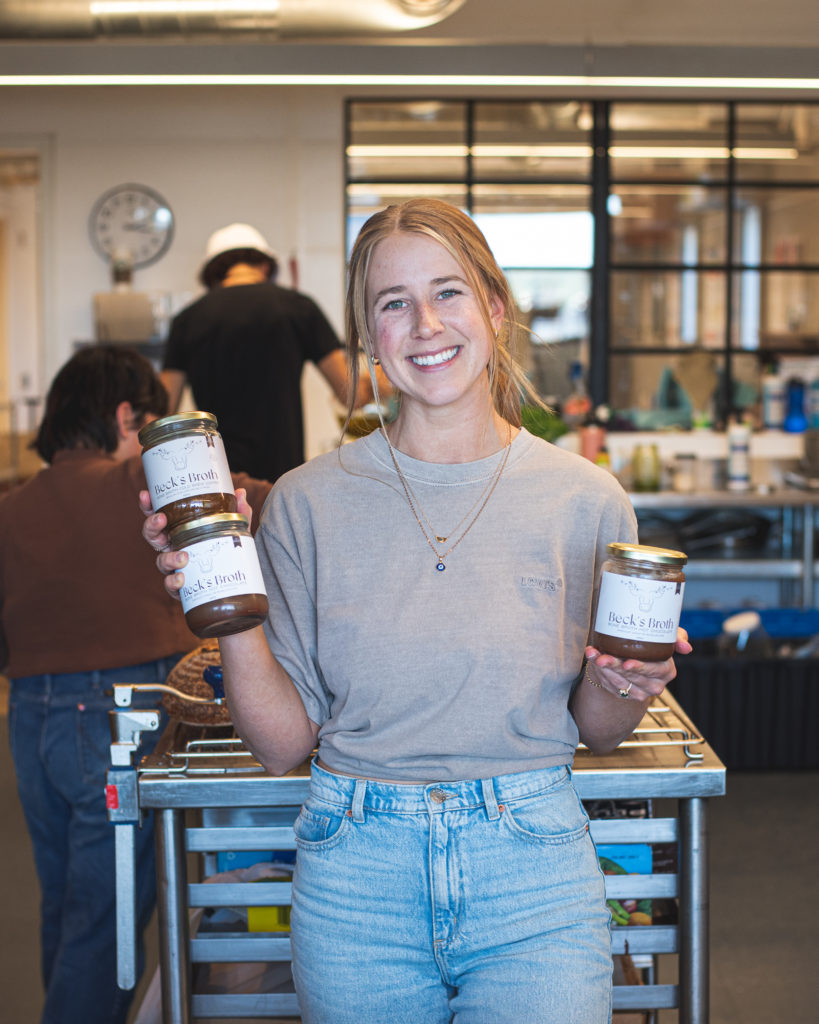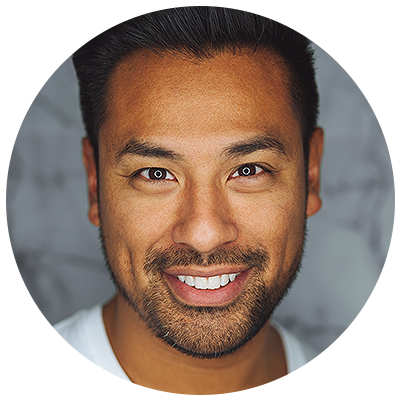White supremacy in the United States has led to a deep-rooted history of discriminatory economic practices, from redlining to forced displacement due to gentrification, negatively impacting the Black community to this day. In order to right historical wrongs and create an inclusive, equitable future for Black homeowners and small business owners, reparations are needed.
We spoke with Randal Wyatt, Founder & Executive Director of Taking Ownership PDX, about how this Portland-based organization is building a diverse and compassionate community dedicated to providing reparations, renovations, and advocacy to Black homeowners and small business owners.
Tell us about Taking Ownership PDX’s mission.
Taking Ownership PDX’s mission is to provide reparations to the Black community in the form of free repairs, renovations, financial assistance, and advocacy to Black homeowners and small business owners in an effort to fight back against gentrification and displacement, to bridge the wealth gap that’s been created from historical oppression and exclusion, and to fight back against some of the city’s inequitable practices that have disproportionately impacted Black homeowners and small business owners.
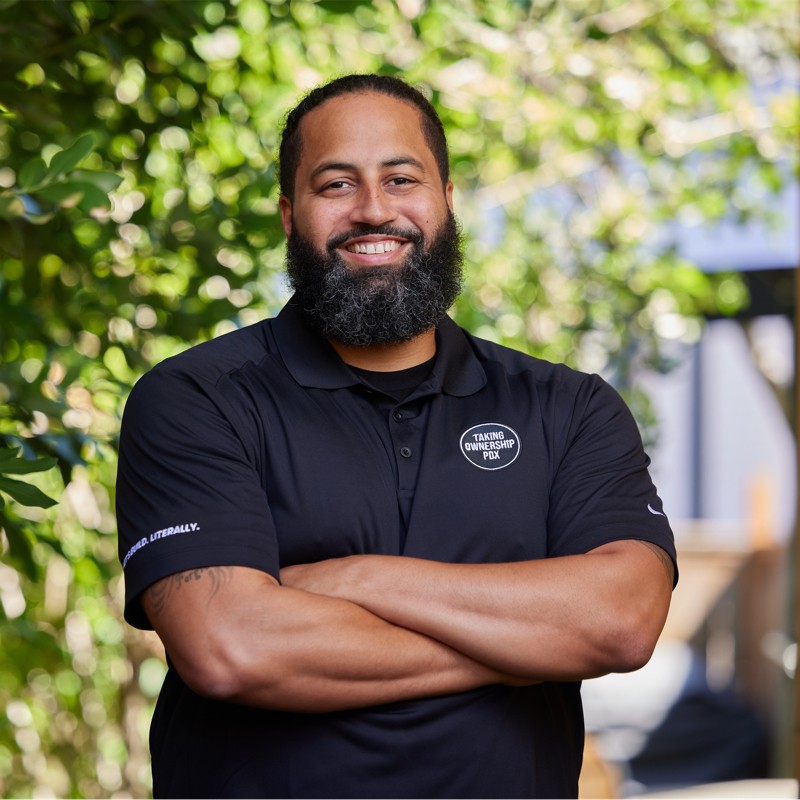
What inspired you to start Taking Ownership PDX?
During the Black Lives Matter movement protests, after George Floyd was murdered, a lot of people asked me how they could be stronger allies to the Black community because of all the work I’ve done in the community in the past. I told them because people who are considered white or fit into the social construct of white have a hell of a head start in this country as far as being able to get resources and financial stability and build generational wealth, they need to share their resources with the Black community by supporting businesses or donating or volunteering. I thought of the idea of creating a platform where they can donate and volunteer, and it would provide reparations to the Black community.
Why I chose homeowners and small business owners is because of my studies at Portland State. I finished my Bachelor of Social Science with a double minor in sociology and Black studies, so I studied white supremacy in society and kind of put it all together that white supremacy is predicated on land ownership — finding ways to take land and take whatever land they want, especially from vulnerable populations — because that’s the fastest way to build generational wealth.
So, I thought supporting Black homeowners and small business owners would be a good way to give allies a clear path of reconciliation and justice, allowing them to share their resources and get quick, tangible results; give them a chance to volunteer and meet and humanize the Black community of Portland; and get their hands dirty so that they don’t feel like they just need to write a cheque.
What were some of the challenges you encountered?
Constantly raising money and having enough money to finish up the projects. We’ve had an influx of people reach out wanting support and services, and we just don’t have the infrastructure to get through the amount of need there is as quick as I would like. We’ve made a great impact, but there’s just so much more need out there than my small organization is able to take on.
Finding all the resources to take on such a big task has been a challenge; the costs of materials going up so much has been a challenge; starting this during COVID-19, during a time when we aren’t supposed to be in close proximity had made it a challenge when we’re doing volunteer efforts; and being the one person that everything’s going through is a lot of work when something like this took off so fast.
Everybody wanted an interview. It’s a lot of pressure, and I’ve never done this before, so I was learning as I was going, building the plane while flying type of thing, and just doing it all in front of people with a lot of eyes on me. So, there’s a lot of pressure — it could get stressful at times. And just learning how to set boundaries and find a work-life balance. Those have been some of the biggest challenges.
What do you consider Taking Ownership PDX’s biggest success?
Our sustainability so far. Going on our third year and to have people still supporting us — being that we’re culturally specific and providing reparations, which is a controversial topic in America, unfortunately — and to raise over US$1.5 million in our time here, helping over 150 homeowners and small business owners, are all huge accomplishments.
So, just to be able to keep this thing going for as long as we have, I really wasn’t expecting that. I thought something like this would be a trend for a little while. I’ve seen other protests and things like this be supported just for a short while, and then it falls through the cracks, so this is exciting.

What makes Taking Ownership PDX unique?
I think what makes us most unique is that we started out as a protest. We started out really guerilla-style. I didn’t have any kind of business plan or anything, I just kind of was like, “here’s my idea, if anybody’s interested in supporting it, let’s do this,” and people trusted me. I raised my first US$100,000 through my own personal Venmo and PayPal, so much so that both those platforms actually banned me — for whatever reason, but I have to assume that it’s because of the amount of money that came through there and not being a business account.
Then there’s the fact that we are helping middle-class Black people and making it really easy, with very little, if any, hoops that you have to go through to receive these services, other than waiting on our waitlist as we try to raise money. There are not a whole lot of stipulations and requirements for you to get this, other than being a Black homeowner or business owner, and we’ll support you however we can and allocate as much money as we possibly can, and I think that’s unique because I know a lot of other organizations have a lot of rules and requirements and stipulations that make it really difficult to access their funding.
How do you feel Taking Ownership PDX makes the world better?
I think it’s the model that is really the most impactful, and what we’ve done with this model, being able to provide a clear path of reconciliation and justice for allies to be on; to be able to volunteer their time toward something they believe in; to donate their money and get quick, tangible results; to have a model that promotes compassion. I think what we’ve done with this model is big. Due to our limited size and funding, the work we’re doing is like a band-aid on a really major wound; however, this model I’ve created has the power to be extremely impactful, especially if it spreads and gets supported.
One thing we like to push is that the reason why a lot of Black people lose their homes in gentrifying areas is because affluent neighbours move in and complain about the property maintenance of their Black and Brown neighbours who typically do not make nearly the annual income as these new, affluent neighbours. That leads to the Bureau of Development Services putting liens and fines on their homes, which perpetuates their financial instability and leaves them vulnerable to predatory developers and real estate professionals.
So, I like to push the narrative of compassion that neighbours need to ask their Black and Brown neighbours why it is they’re in the situation they’re in and maybe see if they can help them in their situation, rather than call the city and put them in a bad financial place. I think all of this is inspiring people to take action toward what they believe in and what they want to see changed. I think it also inspires people to see that they can make a change, one neighbourhood at a time, or with just their ideas, which can become a really big deal overnight.
How would the world be better off if it were more diverse, equitable, and inclusive?
White supremacy, from colonialism, has definitely taken over most of this world in so many ways, but most of this planet is non-white, and I think that’s the importance. We need to create a world where everybody is included, where everybody gets an opportunity, where we’re not judging each other off of our skin colours or cultures and instead are appreciating each other’s differences. I think if we could do that, we could learn more from each other, we’d all have better human experiences.
One thing I always like to talk about a lot is how racism impacts white people. It actually excludes them from a lot because they’re the ones who usually end up in homogeneous communities due to things like redlining, and wealth, in general, leaves them in homogenous communities where they miss out on getting to know other cultures and getting to know other types of people, in general.
And quality of life. One thing that I always focused on since becoming a young father was community. I was never the type of person who believed the capitalism hype of greed and individualism; I always knew the world is a much better place when my community is a better place because that’s where I’m going out into. I want people around me to be happier because that’s going to leave me in a safer, happier environment, and same with my kids. So, I think that’s the importance of diversity, equity, and inclusion — just quality of life for everybody. If everybody’s doing good, I think we’re all going to be healthier and happier.
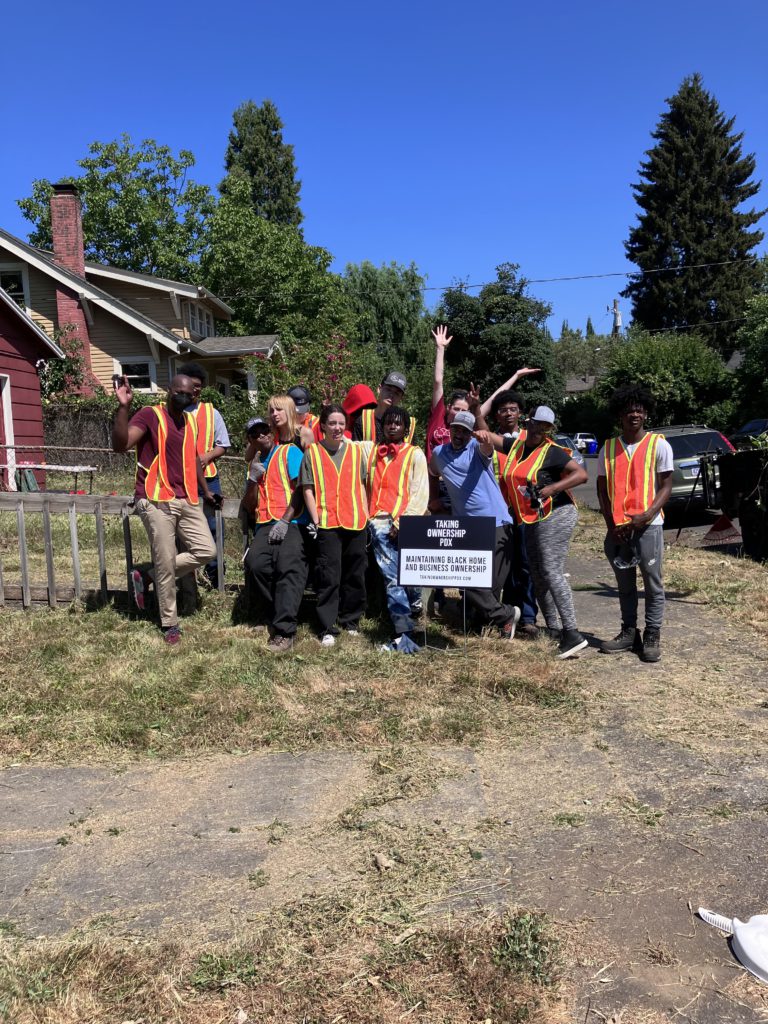
Tell us about Taking Ownership PDX’s goals.
My organization’s goals are to help as many Black homeowners and small business owners as we can with funding and resources and to continue to provide opportunities for people to volunteer, so we can help each other and create a more compassionate community where we help each other rather than tell on or create more obstacles for each other.
I hope to continue to raise more and more money every year. We are getting our 501(c)(3) status, so we should be a non-profit this year. That will hopefully create more funding opportunities, which will create more stability and help me hire staff and delegate more work so that Taking Ownership PDX is more efficient and sustainable. That’s a big goal as well.
Another goal is to partner with pre-apprenticeship programs, so we can provide hours for these students to get their certification in whatever their trade is and contribute to the next generation of construction workers, as the older generations of construction workers are going to be retiring at a pretty high rate here. I think it’s going to be great to be a part of the next generation of construction workers, to provide them with rewarding work, and hopefully, they will have more progressive minds, which I think will contribute to a healthier and more equitable, inclusive infrastructure that we create in our community.
Are there any upcoming initiatives or projects you’d like to share?
Currently, we are working on a kitchen remodel for a woman whose kitchen burned down, which left her house uninhabitable. We are in the process of remodelling the kitchen and trying to clean up the rest of the house to get her back into the home as soon as possible, as she’s been couch-surfing since the fire back in October 2022. That’s our biggest project at the moment.
And then we have Portland YouthBuilders building a deck for one of our homeowners. The deck before was a safety hazard as it was dilapidated, so that’s another big project that we have. We are constantly doing volunteer efforts, with at least three to four volunteer jobs a month, which include landscaping, and we just did an interior paint job. I have a couple interior clean-up jobs coming up as well.
What do you most want people to know about Taking Ownership PDX?
We’re very small, and we need people to be patient with us, particularly people on our waitlist. Just know that we are doing our very best to raise money and use it efficiently, so that’s the biggest thing — that we’re doing our best. We’re kind of in a transitional period right now.
I also want to let them know that they can support us by donating financially, spreading the word and letting people know that we need to raise money, sending us grant opportunities, and signing up to volunteer.
We have a community resource list on our website where they can submit their organization/company or somebody else’s (if they have permission), and they can get a little more exposure through our website, which gets pretty good traffic and also gives us a database to reach out to people whom we could utilize for our mission. It also has a place where it’s categorized by identity, which shows who’s BIPOC-, 2SLGBTQIA+-, and/or woman-owned, so for people who care about supporting marginalized business owners, that’s a good place to go.
How can people help or contribute to Taking Ownership PDX’s mission?
The best way is by helping us financially. Funding has dropped a bit because the economy’s in a bit of a recession, and I think people are being a little more conservative with their money. I understand donating to an organization isn’t always priority, but for us to remain operating and serving the Black community, we will need to continue to raise money. Donations can be made on our website.
They can also sign up to be a volunteer. We do have over 400 currently signed up, so we have a plethora of volunteers; I can’t say we have a need there, but we do encourage people to sign up because it’s a great experience, and we want as many people as possible to experience one of our volunteer projects since they’re really good networking and community-building situations.
And there’s the community resource list. It’s a great place to get some exposure for your business and show that you are a part of this mission and movement.
